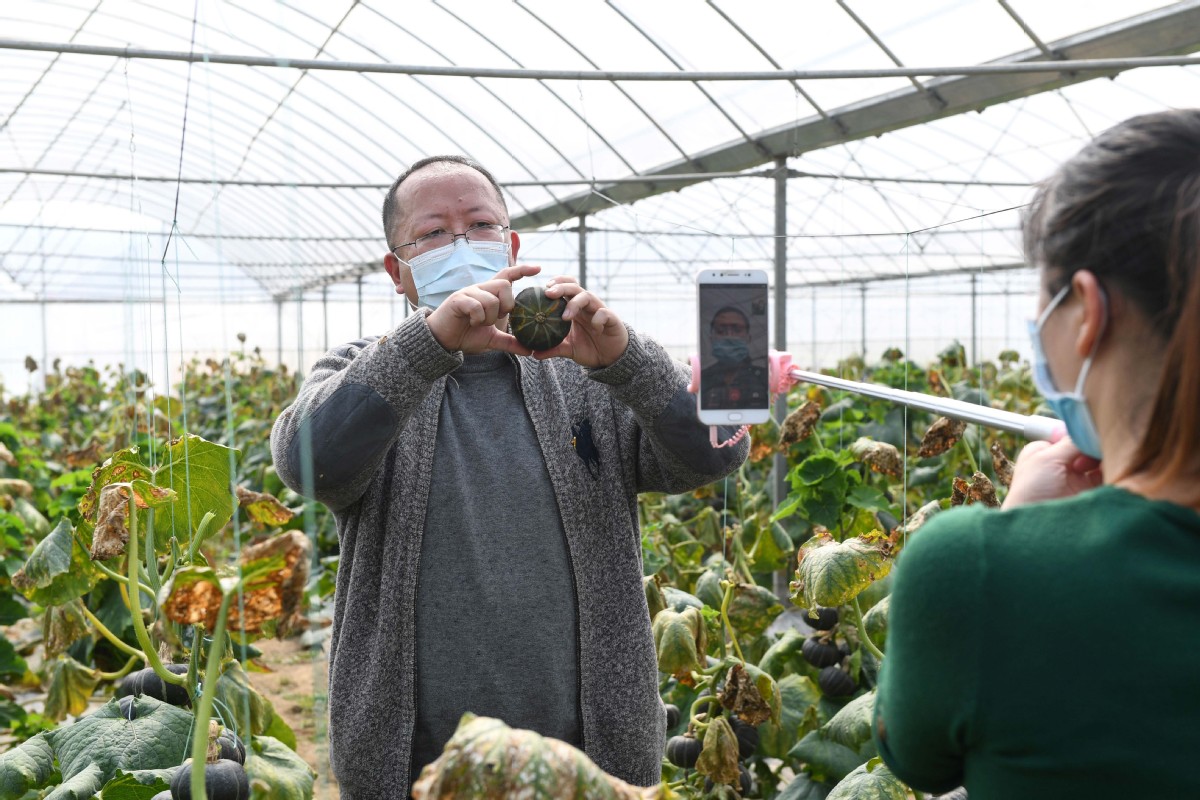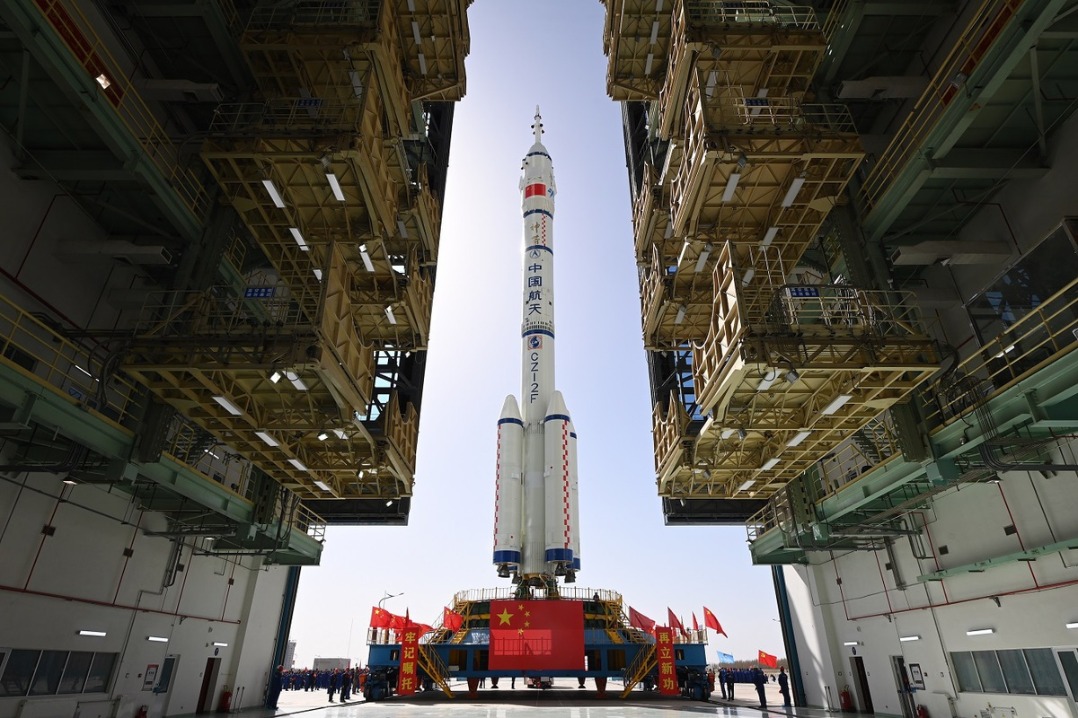Drones, data saving seeding season
By Yang Zekun | China Daily | Updated: 2020-03-26 10:04

Automatic spraying
Drones and automatic spraying machines are now commonly used to spray pesticides and herbicides, said Yu Xingming, a farmer in Yixiu district, Anqing, in the eastern province of Anhui.
The 48-year-old is head of an agricultural machinery cooperative, which owns 200 large and medium-sized machines that have been used on more than 333 hectares so far.
Yu, who has been farming for more than a decade, is a skilled drone operator, and this year, he has been using the machines to spray pesticides on rapeseed.
"Before, we sprayed pesticides manually, but each person could only spray about 1 hectare per day. Now, a drone carrying 20 kilograms of pesticide can spray about 13.3 hectares a day, saving a lot of time and labor," he said.
"The epidemic hasn't affected my spring farming plans too much. At present, the weather is fine, so it's a good time to start work."
He said this year's supply of agricultural materials-such as seeds, fertilizers and herbicides-will easily meet demand, meaning prices have remained stable.
Last year, the cooperative used agricultural machinery to service more than 666 hectares, but the figure is expected to rise to 1,333 hectares this year, Yu said.
Machinery is changing traditional farming methods, and gradually replacing cattle-drawn plows and manual spraying of pesticides. It is also playing an important role in fighting the epidemic, as drones and automatic sprayers have been used to spray disinfectants across large areas of countryside, Yu said.
Xie Zhengtao farms about 0.4 hectares in Changshu city, Jiangsu province, mainly growing rice.
He finished pre-seeding work early this month, planting the seeds in temporary containers. While the crop is growing well, the land is still not ready for the seedlings to be transplanted, which is stressful.
"Early rice needs to be planted in late March or early April. If not, the seeds will be too old and that will affect later growth and yield," the 53-year-old said.
Many farmers have already started planting, so they have ordered drones and other machines from rental companies, resulting in a shortage of equipment. In recent days, Xie and his peers have called many companies to check the availability of machinery.
Xie said he has not used cattle-drawn plows for several years, because traditional methods are time-consuming and tiring.
"Plowing used to take three or four days, but with a machine, I can finish the work in a single day," he said.























